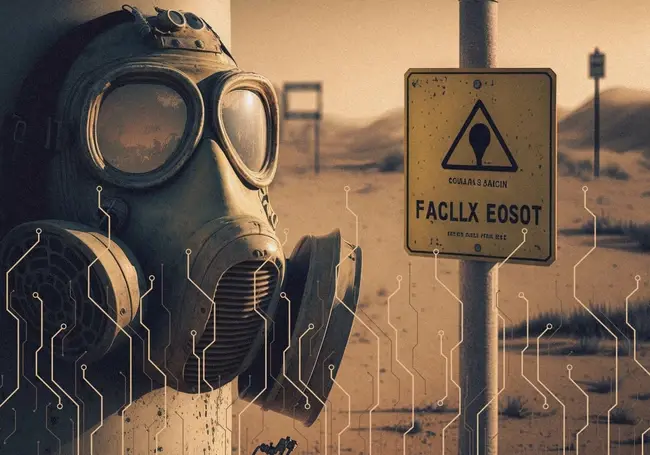Toxic gases in the environment have only been rising since the dawn of time, but scientists are devising new ways to tackle air pollution and aim to meet the 2050 Net Zero targets.
Recently, scientists at the University of Virginia have engineered an AI-powered olfactory system capable of real-time gas detection and localisation.
The AI-backed sensory system essentially imitates a human's sense of smell to trace toxic gases in real-time.
The researchers deployed advanced artificial neural networks in combination with a network of sensors within the system.
This innovative system, backed by AI, can swiftly identify the origin of dangerous gases, such as NO2, safeguarding health and the environment.
According to the State of the Air 2024 report, despite decades of progress in cleaning up air pollution, 39% of Americans—131.2 million people—still live in places with failing grades for unhealthy levels of ozone or particle pollution.
The World Health Organisation also said that outdoor air pollution including NO2, causes roughly 4.2 million premature deaths annually. This is owed to respiratory conditions like asthma and chronic obstructive pulmonary disease (COPD).

AI Precisely Pinpoints Toxic Gases
Scientists say that precise in situ monitoring of toxic gases in the atmosphere is crucial.

As a result, they developed the artificial olfactory system for “spatiotemporal recognition of NO2 gas flow by integrating a network of chemical receptors with near-sensor computing.”
“This system enhances protective measures against toxic environments through spatiotemporal monitoring of toxic gases,” the researchers stated.
This allows the precise detection of toxic gases at a particular location all in real-time.
Kyusang Lee, an associate professor said that integrating AI with state-of-the-art gas sensors helped pinpoint gas leaks with unprecedented accuracy, even in large or complex environments.
“The artificial olfactory receptors are able to detect tiny changes in gas concentrations and communicate that data to a near-sensor computing system, which uses machine learning (ML) algorithms to predict the source of the leak," added Lee.
How Does the AI Sensory System Work?
The AI-powered sensory system works by incorporating chemical sensors with on-device computing power. The sensors react to the gas while the computer processes the sensor data to provide a conclusive answer about the toxic gas’s location and its movement.
The AI-powered sensor device is equipped with nano-islands of metal-based catalysts that cover the graphene surface on the heterostructure of an AlGaN/GaN two-dimensional electron gas (2DEG) channel according to the study.
This implies the AI olfactory sensor uses tiny metal particles on a graphene surface which detects toxic gases. The particles react with the gas molecules, changing the electrical properties of the device.
This change is then detected and analysed by the AI system.
Yongmin Baek, a research scientist explained that the nano-islands of metal catalysts are tiny clusters of metal particles deposited on a surface, such as graphene.
This foundation “enhances chemical reactions by increasing the surface area for gas molecules to interact, enabling precise detection of toxic gases," he said.
The AI-powered olfactory system leveraged a machine-learning (ML) technique – "trust-region Bayesian optimisation algorithm.” The algorithm helps ensure accurate real-time gas leak detection while still using a minimum number of sensors.
The ML approach optimises resources efficiently while improving the speed and accuracy of gas leak detection.
"Our AI-powered system has the potential to make industrial settings, urban areas and even residential buildings safer by constantly monitoring air quality,” says Byungjoon Bae, an electrical and computer engineering PhD student.
“It's a major step forward in preventing long-term health risks and protecting the environment," added Bae.
The study titled – Network of Artificial Olfactory Receptors for Spatiotemporal Monitoring of Toxic Gas was published in the journal – Science Advances.







Comments ( 0 )